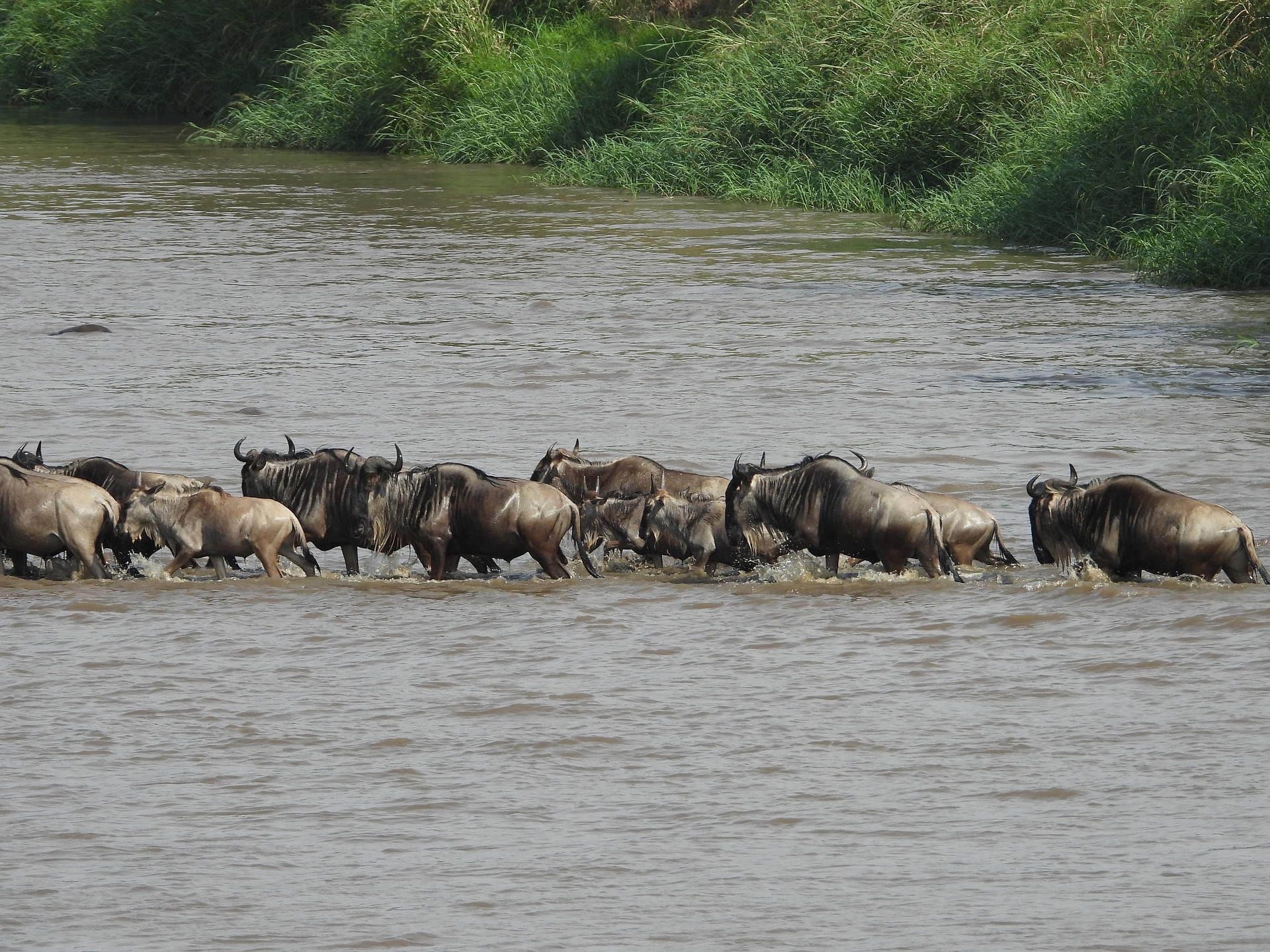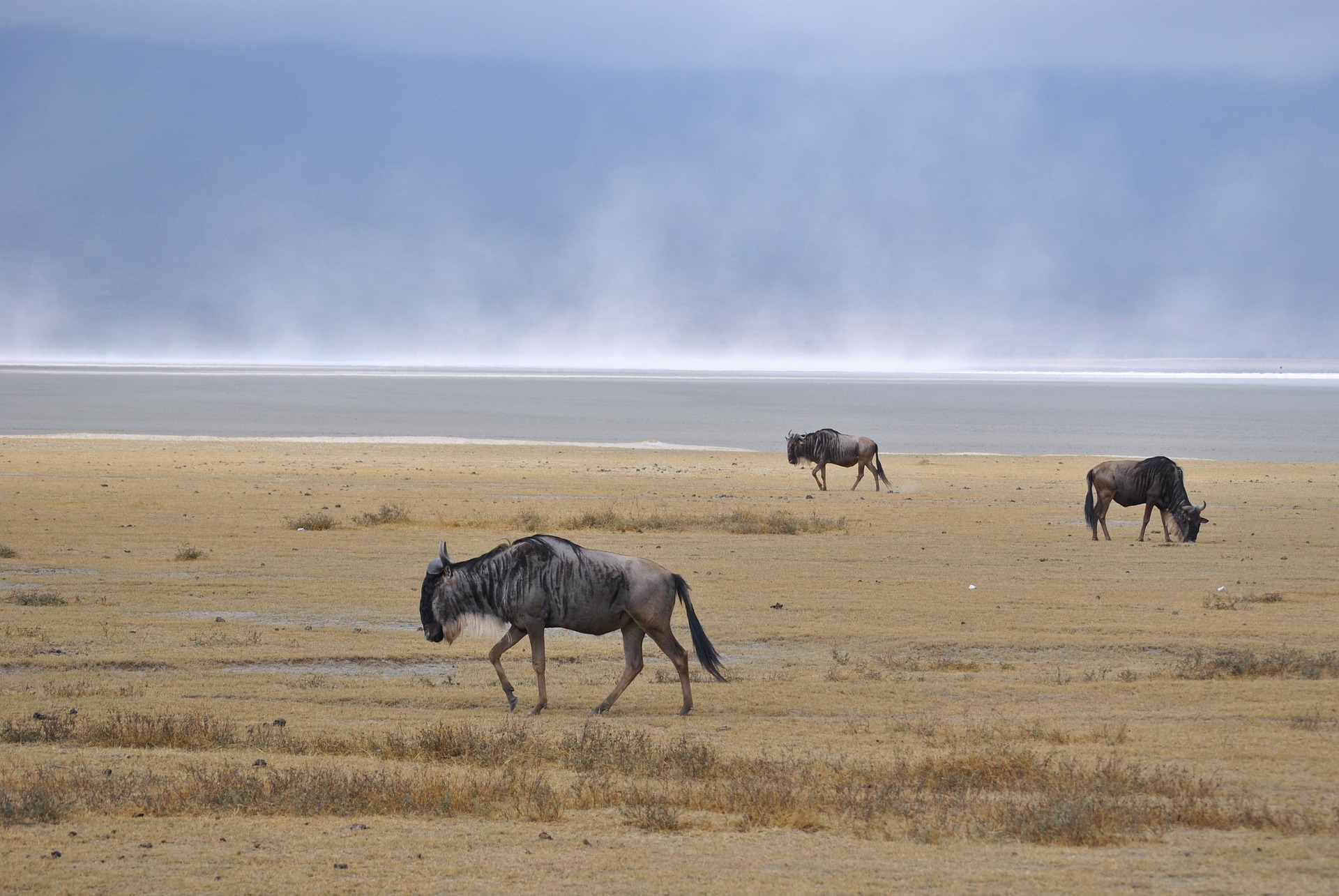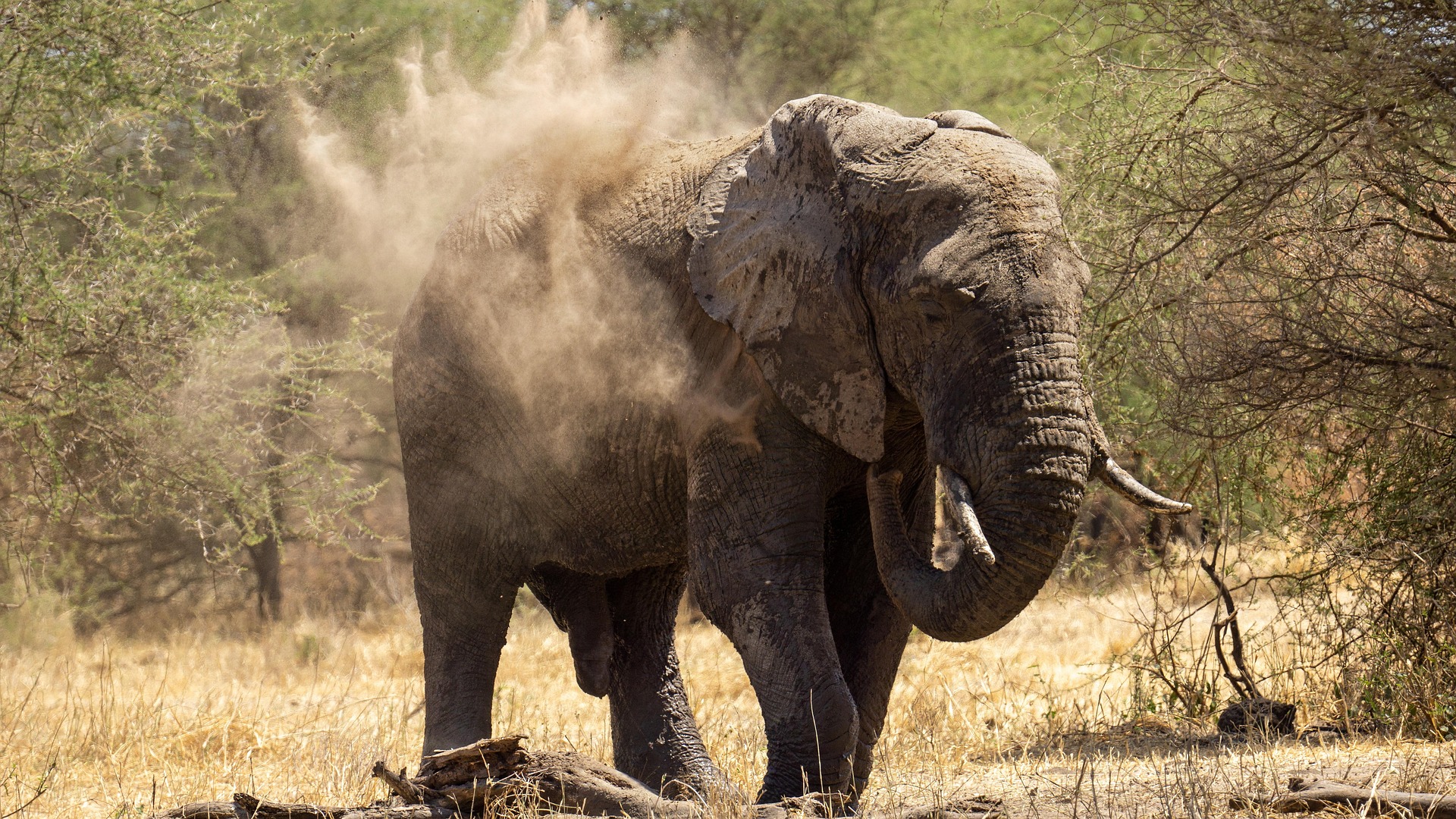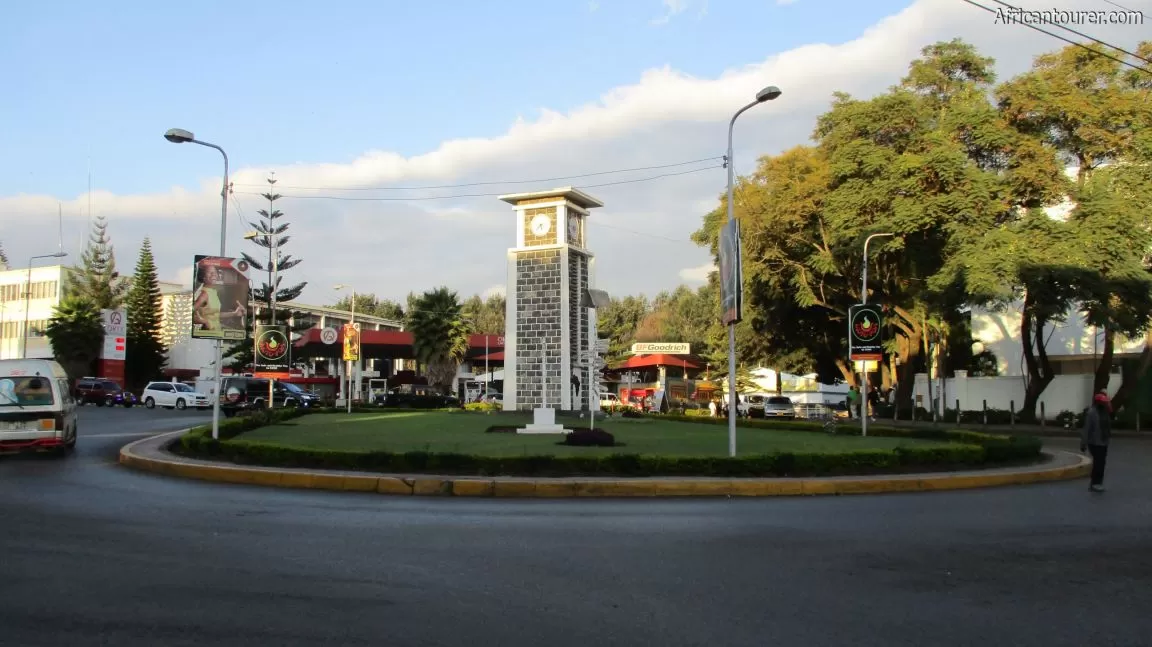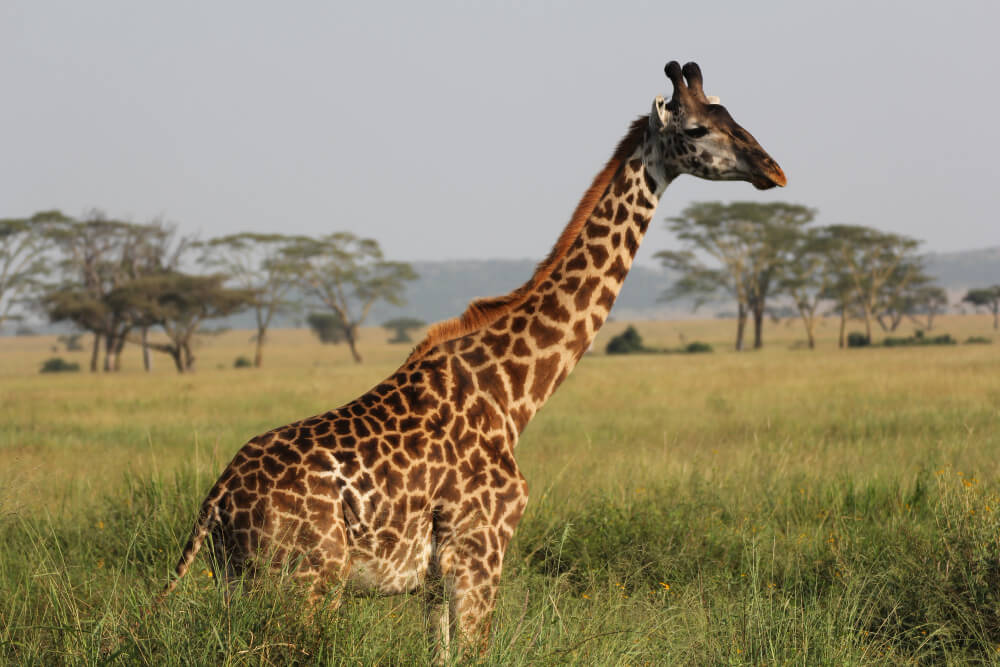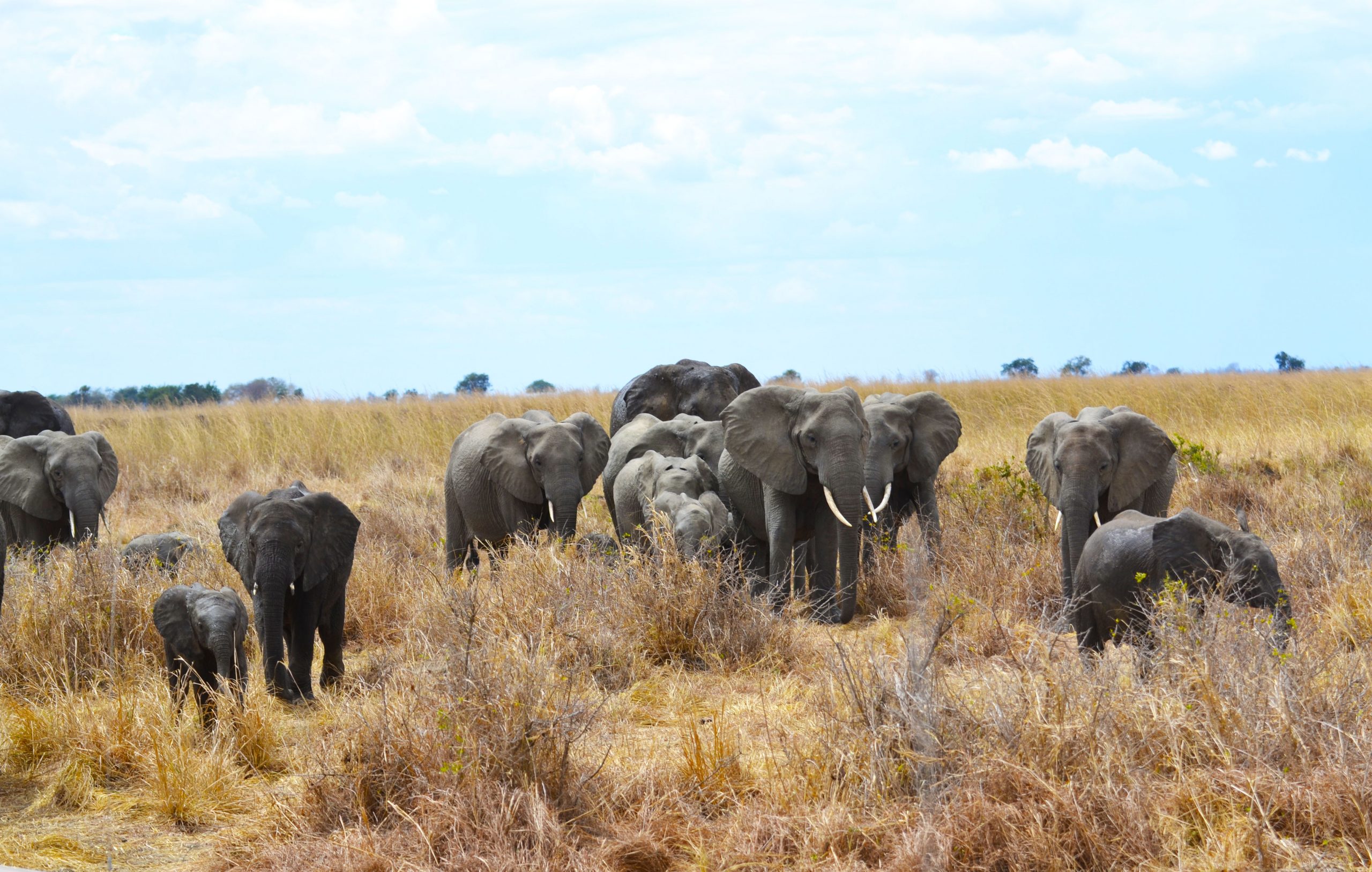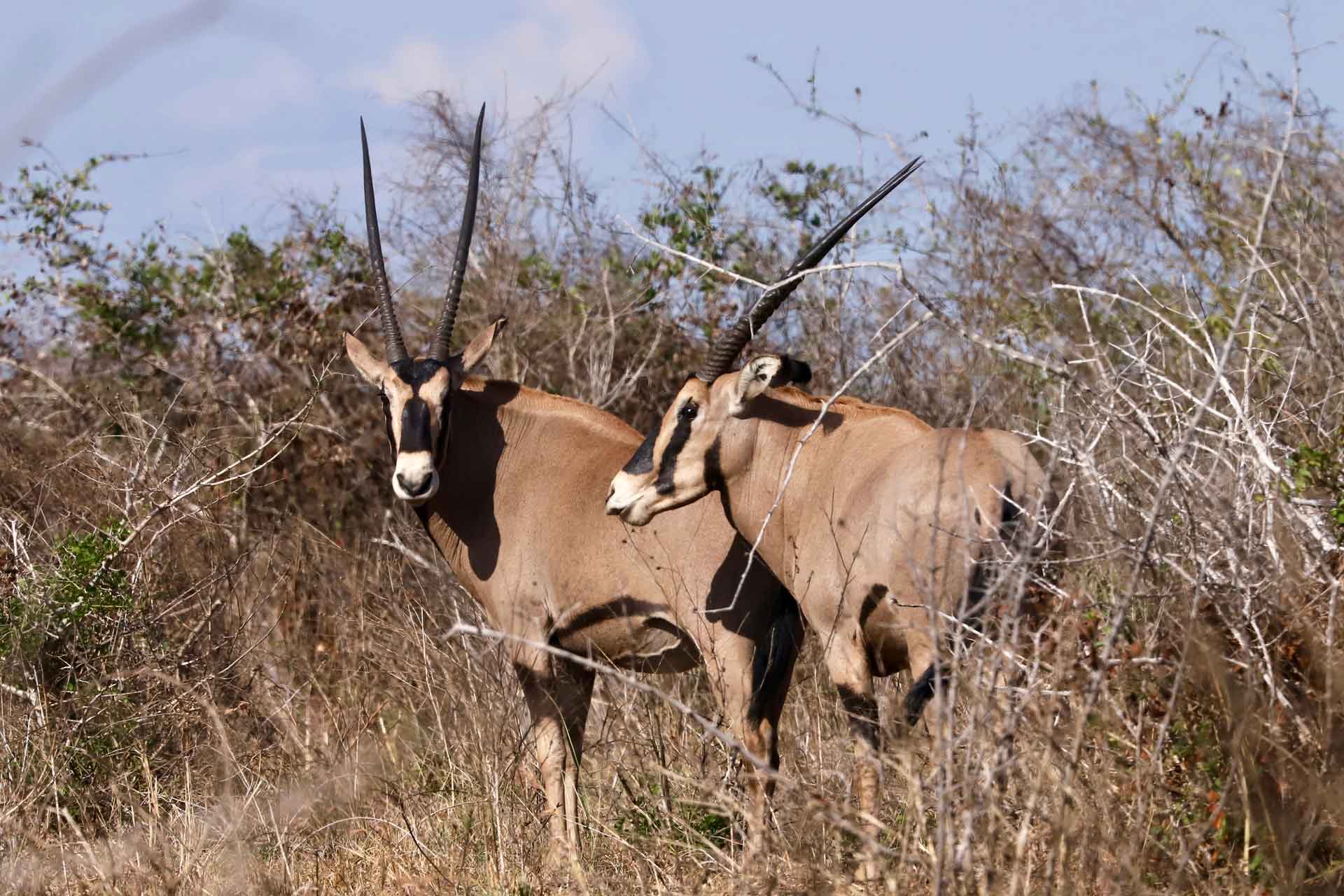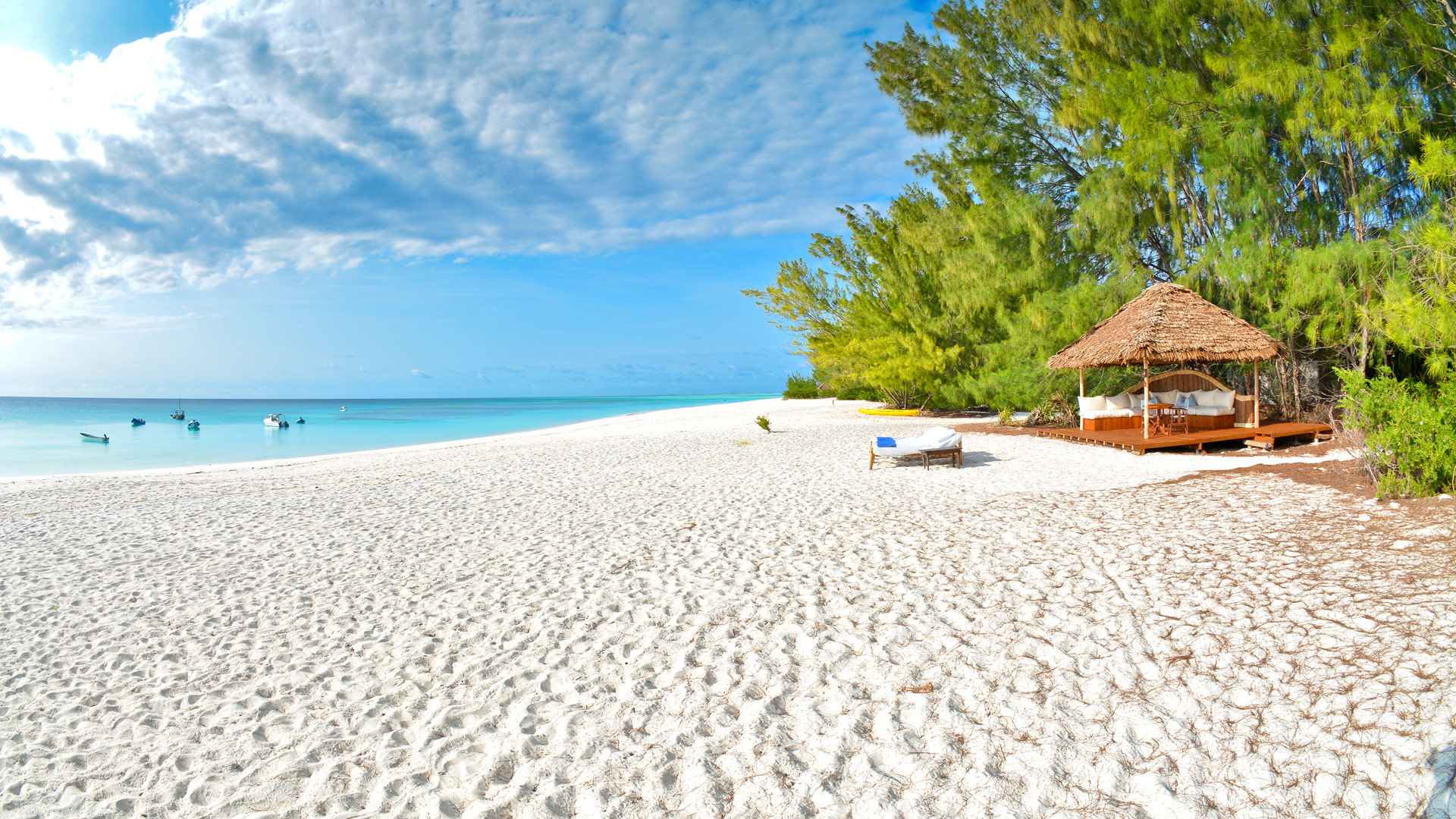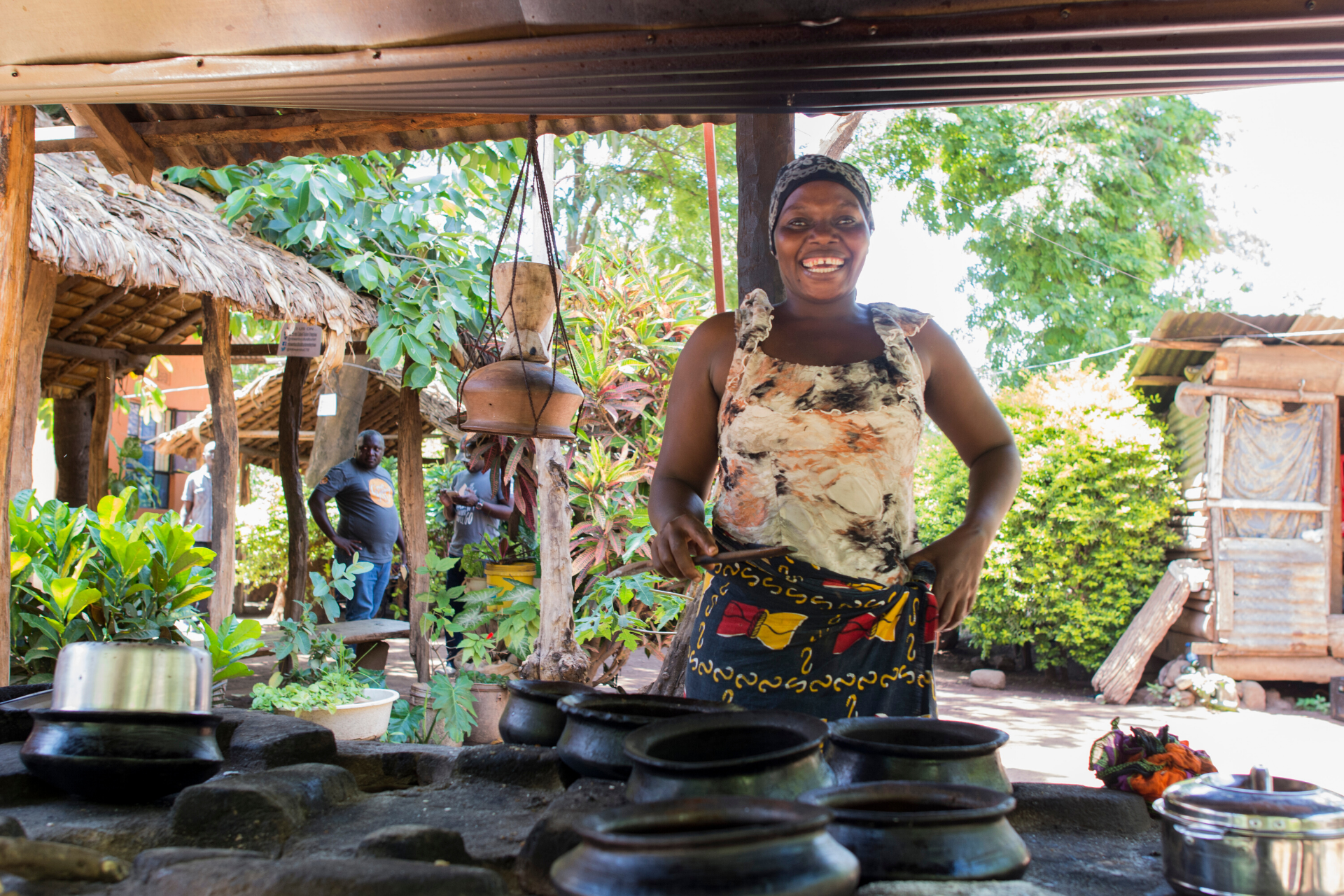Lake Manyara National Park
Tree-top kings of the wild
Situated beneath the magnificent cliffs of the Great Rift Valley, Lake Manyara National Park is a compact yet incredibly diverse safari destination. Often referred to as "Ernest Hemingway's loveliest park," this scenic gem offers an extraordinary variety of habitats within a small area, from the lush groundwater forests at the park's entrance to the acacia woodlands and grassy floodplains that stretch to the shores of its namesake lake. This unique ecological tapestry supports an impressive concentration of wildlife and makes for a visually stunning backdrop to any safari.
The park is famous for a few unique features. Most notably, Lake Manyara is one of the only places in Africa where you can spot the rare tree-climbing lions, often found lounging languidly in the branches of acacia and sausage trees. The park also boasts one of the highest concentrations of baboons in the world, with large, active troops providing constant entertainment. Beyond the primates and felines, visitors can expect to see large herds of elephants, which the park was originally established to protect, as well as buffalo, giraffes, wildebeest, and various antelopes.
Lake Manyara itself is a shallow, alkaline lake that is a major attraction, especially for birdwatching. During the wet season, the lake is a breathtaking sight, with vast flocks of pink-hued flamingos creating a vibrant spectacle on its shores. Over 400 bird species have been recorded here, making it a true birder's paradise year-round. Beyond traditional game drives, the park also offers opportunities for canoeing on the lake, walking safaris along the rift valley escarpment, and a unique treetop walkway for a bird's-eye view of the forest canopy, providing a different perspective on this remarkable park.
Things to See & Do at Lake Manyara National Park
-
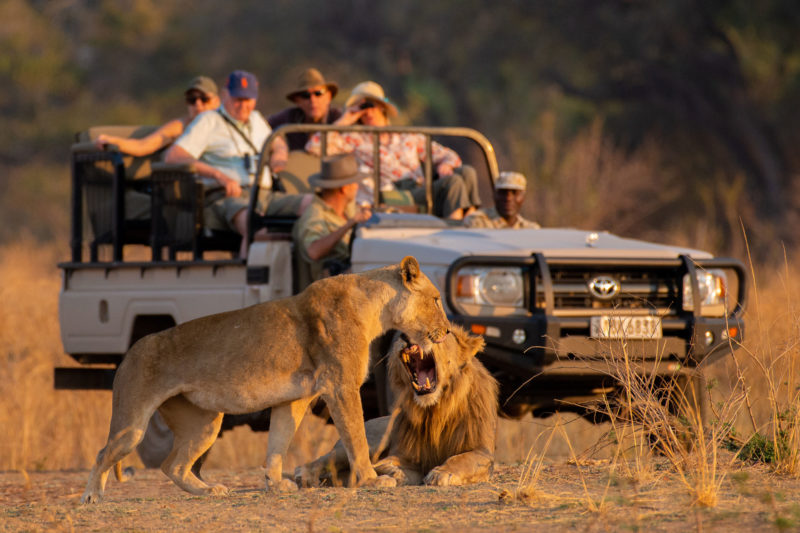
Safari Game Drives
A game drive is your window into the wild heart of Tanzania, a chance to traverse open plains, follo...
-
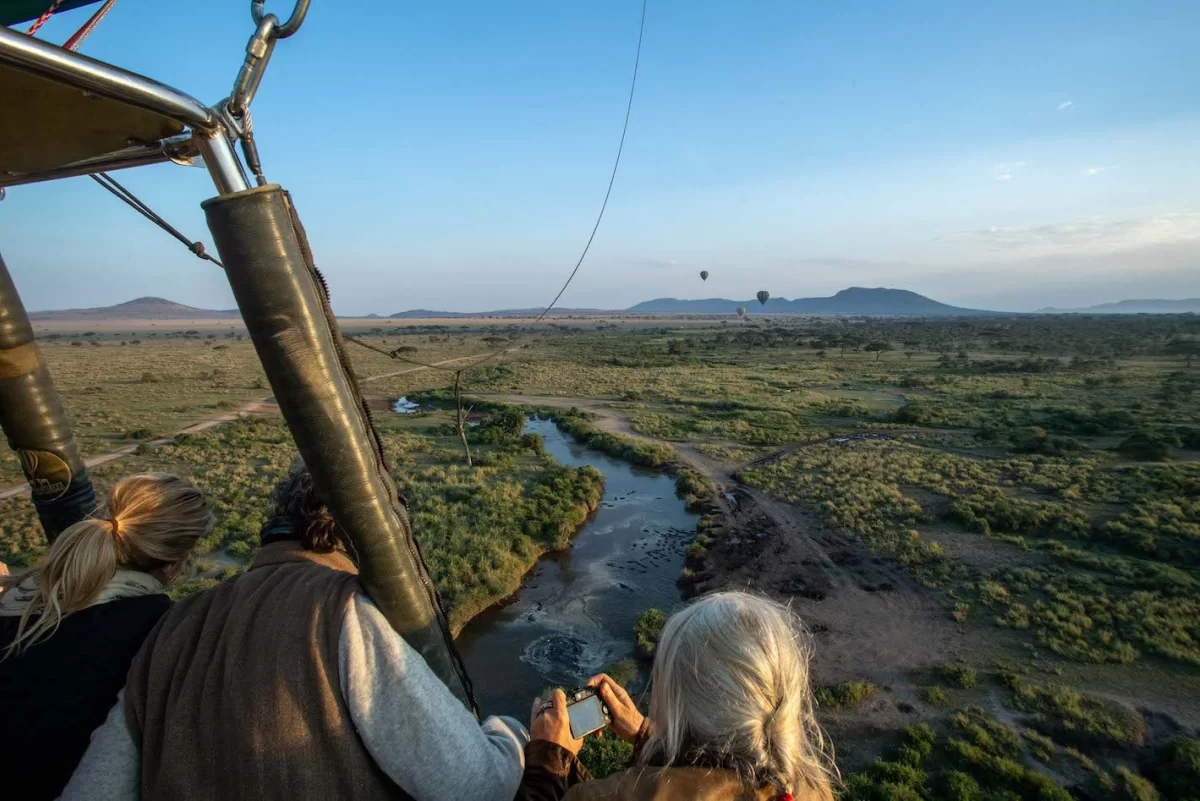
Hot Air Balloon Safaris
A hot air balloon safari is one of the most magical ways to take in the vast beauty of Africa’s wi...
-
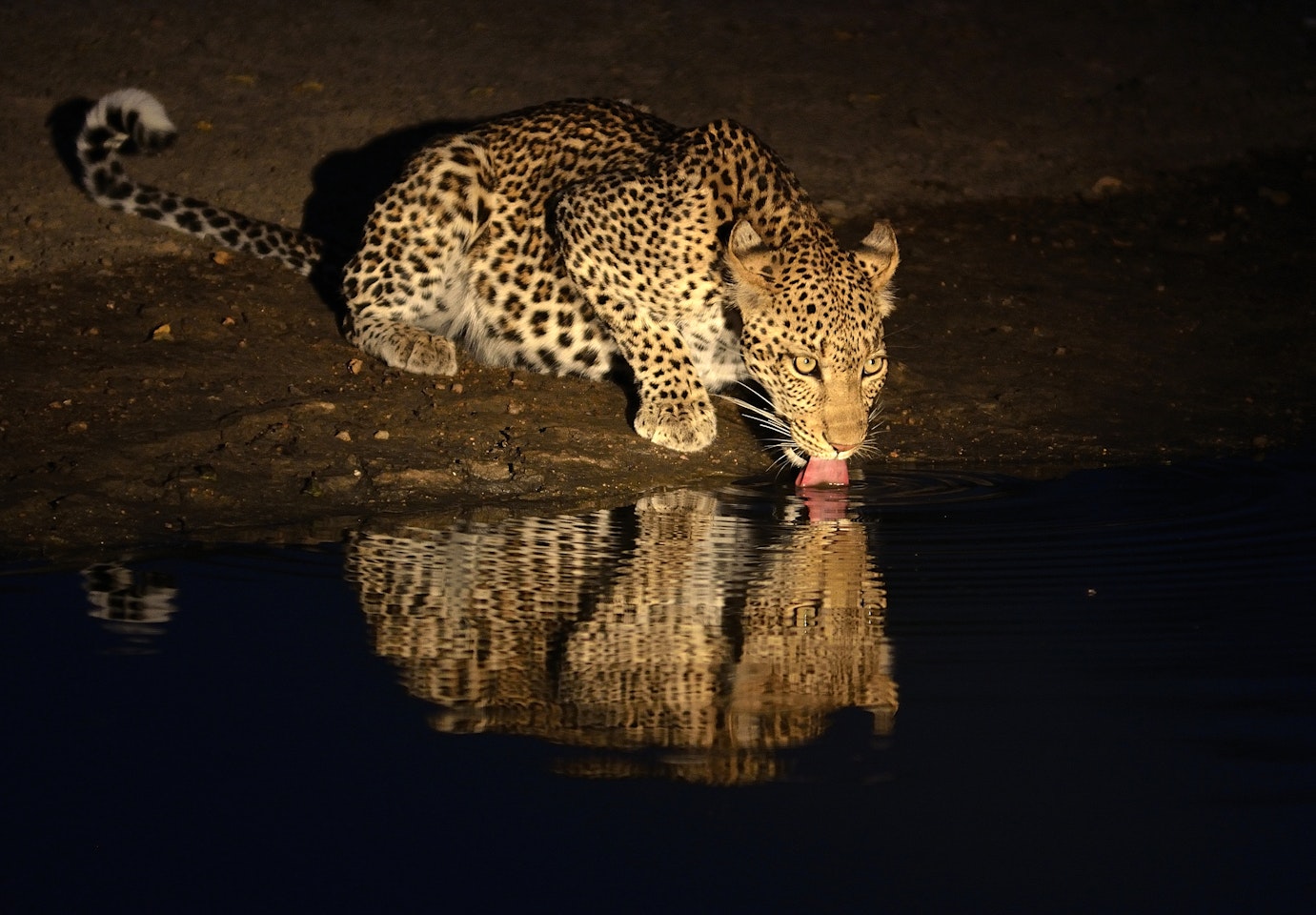
Night Safari Game Drives
Experience the African wilderness under a canopy of stars. Night game drives reveal rare and elusive...
-
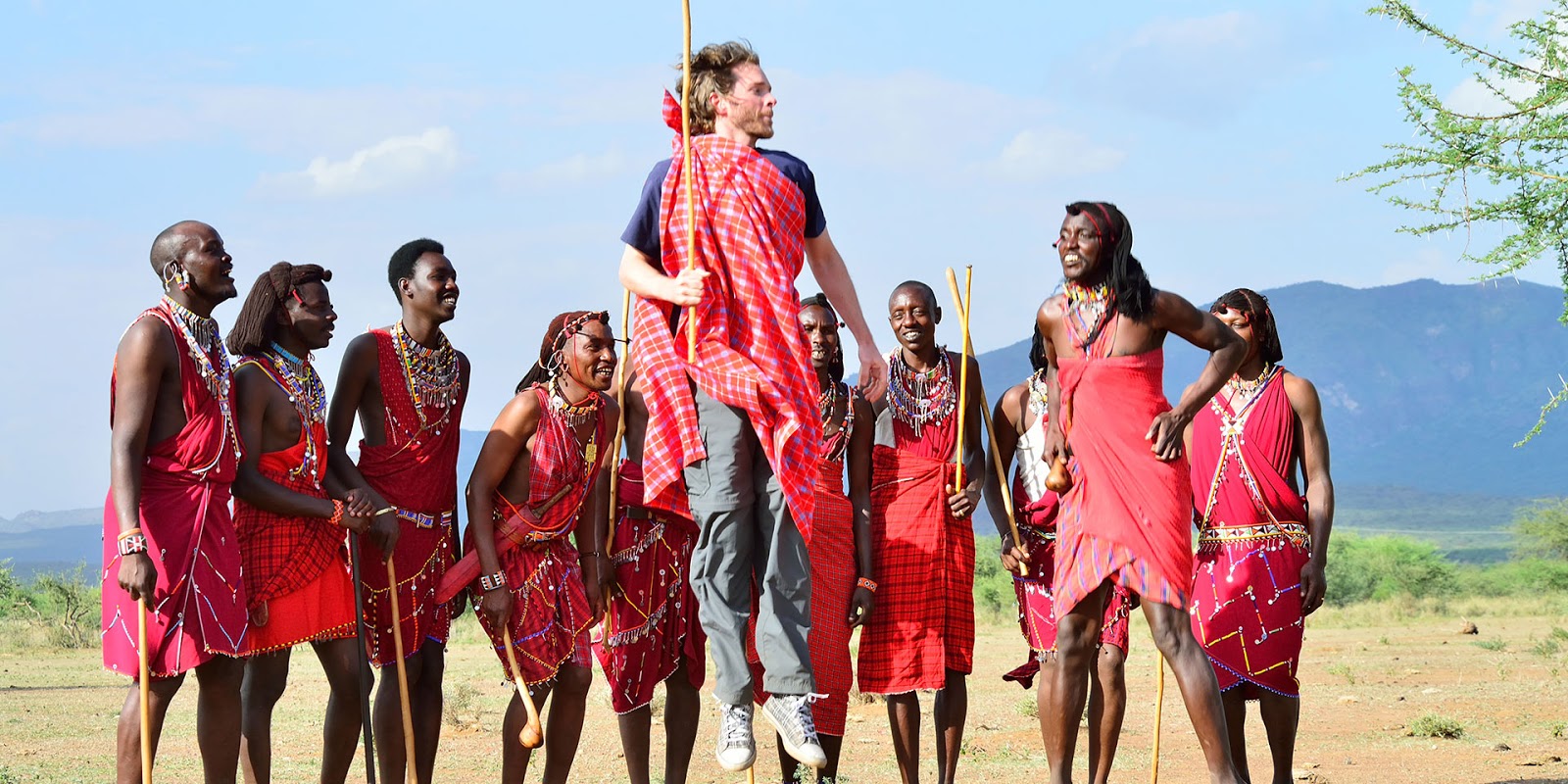
Cultural Experience Safari
While Tanzania's national parks are renowned for their spectacular wildlife, a true safari is an opp...
Lake Manyara National Park Inclusive Holiday Packages (3)
-
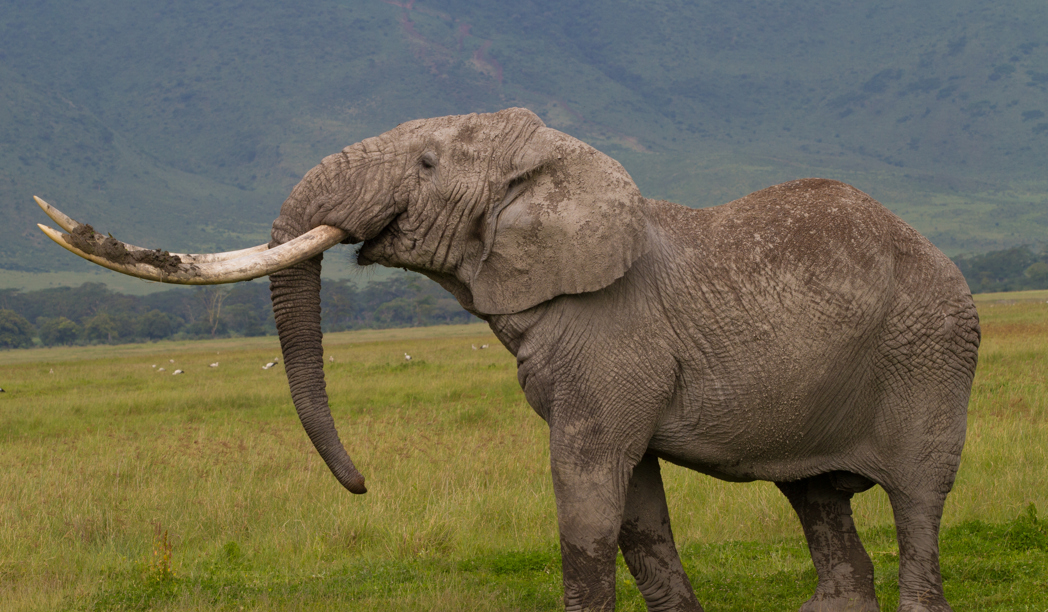
5 Days - Tanzania Safari Adventure
From
$1,850 pp (USD)
Serengeti National Park, Lake Manyara National Park, Ngorongoro Conservation Area
Explore -
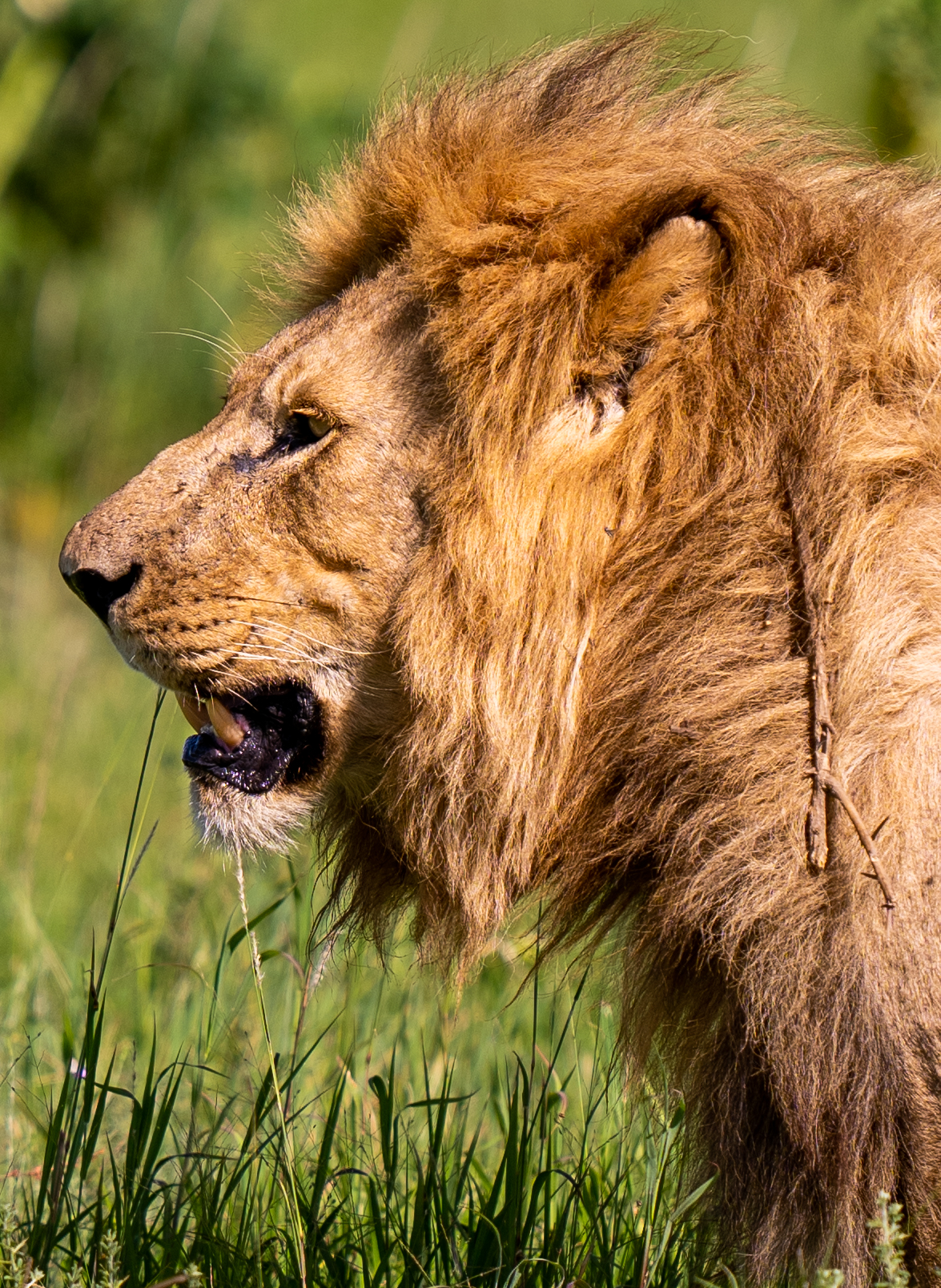
10 Days - Tanzania Safari & Zanzibar Beach Adventure – Mid-Range Tour
From
$3,050 pp (USD)
Tarangire National Park, Serengeti National Park, Ngorongoro Conservation Area, Zanzibar
Explore -
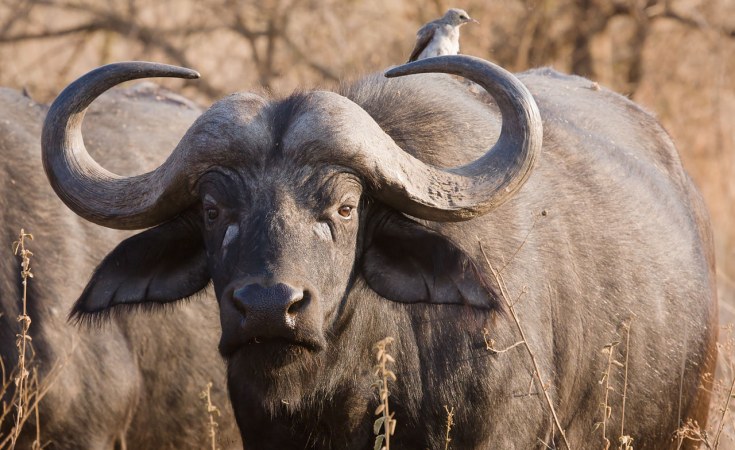
3 Days - Tanzania Big Five Safari – Tarangire, Ngorongoro & Lake Manyara
From
$975 pp (USD)
Tarangire National Park, Ngorongoro Conservation Area, Lake Manyara National Park
Explore
Frequently Asked Questions about Lake Manyara National Park
What is Lake Manyara National Park known for?
Lake Manyara National Park is famous for its unique tree-climbing lions, its large population of baboons, and its incredible birdlife, including vast flocks of flamingos that gather on the alkaline lake. The park is also known for its stunning location at the base of the Great Rift Valley escarpment.
When is the best time to visit?
The dry season, from July to October, is the best time for wildlife viewing, as animals are more concentrated around water sources. However, the wet season, from November to June, is ideal for birdwatching and seeing the spectacular flamingo migration. The park is a great destination year-round due to its diverse habitats.
What kind of animals can I see there?
Besides the famous tree-climbing lions and baboons, you can expect to see large herds of elephants, wildebeest, buffalo, giraffes, zebras, and various antelopes. The park's diverse ecosystem also supports hippos, leopards, and a variety of smaller mammals.
How long should I spend in Lake Manyara?
Due to its small size, a single day is often sufficient to explore the park's main highlights. Many safari itineraries allocate one full day for a game drive in Lake Manyara before moving on to other destinations like the Ngorongoro Conservation Area or the Serengeti.
